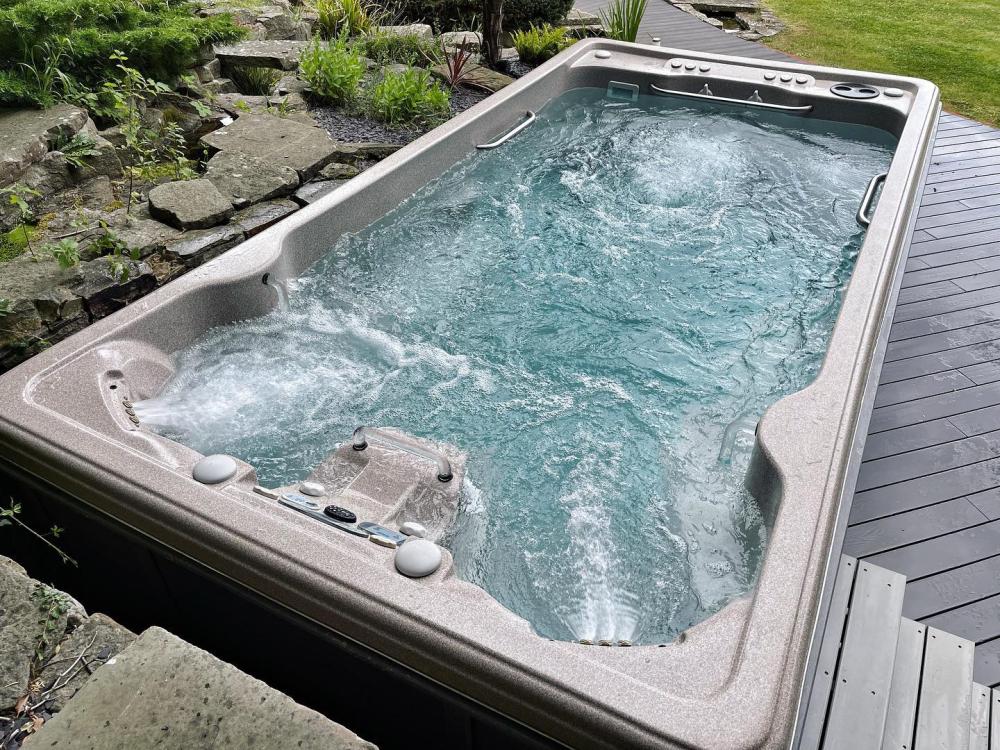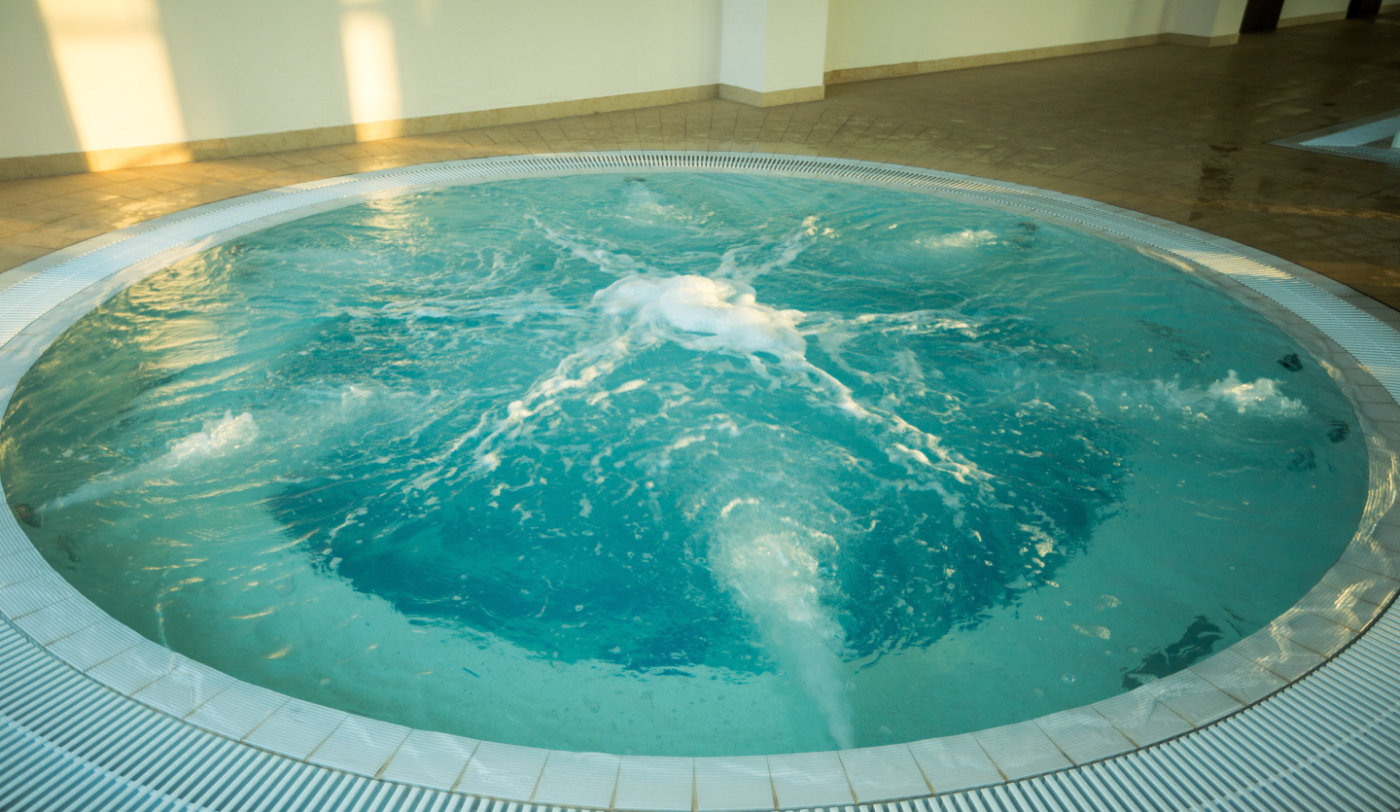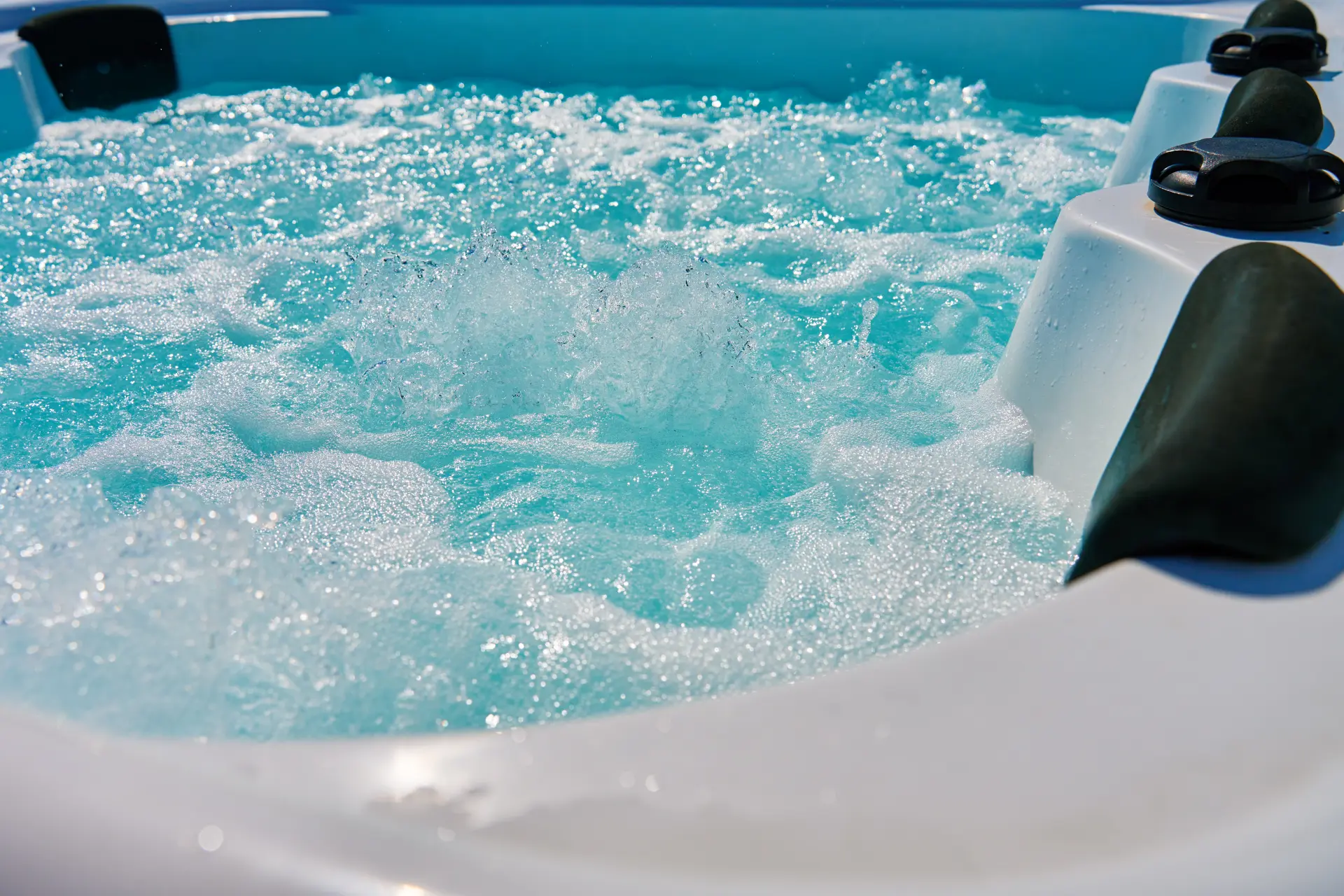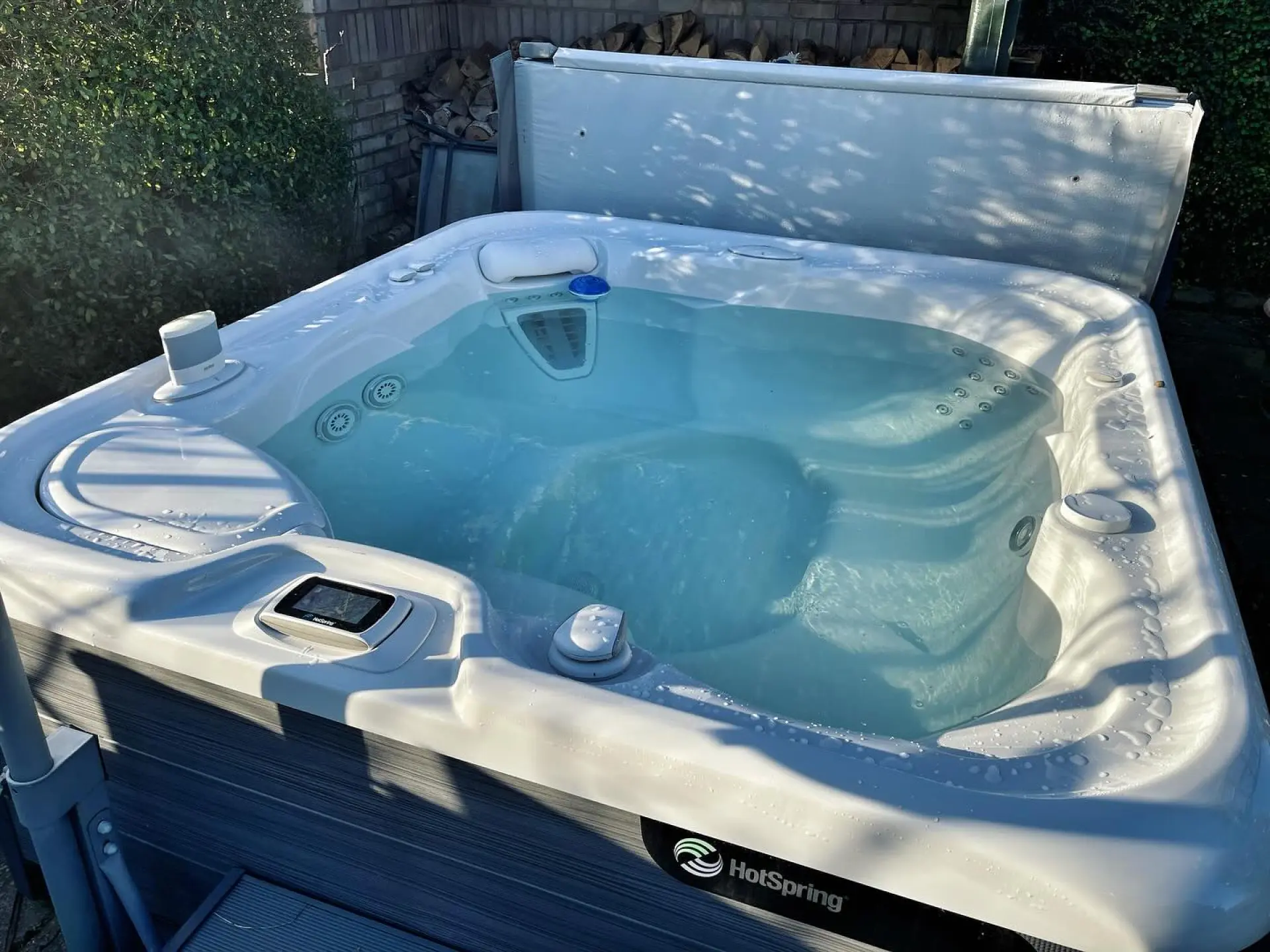Owning a hot tub can be a fantastic way to relax, but without proper hot tub maintenance, issues can quickly arise. Common hot tub problems range from cloudy water to heating failures, and many of them can be prevented with the right information, consistent cleaning, and regular checks. Below are the most frequent problems, along with practical tips to help you avoid unnecessary damage and extend the life of your spa.
Cloudy or Dirty Water
Cloudy or dirty water is one of the most common hot tub problems. Hot tubs that are used frequently are exposed to more contaminants and not enough active sanitiser, causing the water to appear foamy or grimy. If the sanitiser, pH or alkalinity levels drift out of range, body oils and biofilm in the plumbing can clog the filters.
To prevent this issue, test and balance the hot tub water 2 to 3 times a week. The hot tub's pH should remain between 7.2 and 7.8, alkalinity between 80-120 ppm, and calcium hardness between 150-250 ppm. Keeping chlorine at 3-5 ppm or bromine at 4-6 ppm, and topping up the chemicals after each soak, can keep your water clean and safe.
Shocking the spa weekly with a spa-safe oxidiser helps remove dirt, residue, and organics that lead to cloudy water. Always run the jets with the cover open for a few minutes after shock treatment to release any by-products.
Unbalanced Water Chemistry
Unbalanced water chemistry is another common hot tub issue that can lead to corrosion, scaling, and poor water quality. Cold or rainy weather, for example, can dilute the water and affect its balance.

Testing your hot tub water regularly is key. Ideally, you should use test strips or a drop kit two to three times a week to check the chlorine or bromine levels, alkalinity, calcium hardness, and pH levels.
Low pH or high alkalinity can damage the hot tub’s surface and heating element. To prevent further issues:
- Circulate the water daily for 2–4 hours.
- Open the jets during filtration to ensure proper water circulation.
- Every 3 to 4 months, drain, clean, and refill the hot tub. This ensures that all lines are purged to remove biofilm and debris.
Unpleasant Odours
Unpleasant odours are a clear sign of water issues. They are often caused by chloramines, bromamines, or biofilm build-up in the spa's plumbing. To avoid this problem, you should:
- Test and maintain proper sanitiser and pH levels.
- Use a scale inhibitor in hard-water areas to protect pumps and the heater. Wash swimsuits without detergent or fabric softeners to prevent residue from entering the water.
- Rinse the filters weekly and perform a deep cleaning every month.
Removing dirt and oils before soaking and ensuring good water circulation are simple ways to prevent odours.
Hot Tub Not Heating Properly
A hot tub that won’t heat is a frustrating issue. Problems with the heater, pump, sensors, or blocked filters often lead to low water flow, which prevents the heating system from working.
To fix and prevent this:
- Check the water levels and keep them halfway up the skimmer.
- Clean or replace the filters regularly.
- After refilling, bleed the air from the pumps and turn on the jets to remove trapped air pockets.
- Keep the hot tub cover closed and latched when it's not in use to retain heat.
- Adding a floating thermal blanket provides an extra layer of insulation and protects the tub against unnecessary energy loss.
Foam and Residue
Another common hot tub problem is foamy water or residue on the surface. This is usually caused by body oils, cosmetics, detergents, or low calcium hardness.

Prevention tips include:
- Shower before using the hot tub to remove lotions, oils, and deodorants.
- Keep the pH and calcium hardness at the correct levels.
- Drain and refill the spa if foam persists after shock treatment.
- A professional hot tub cleaning service may be advisable if residue continues despite regular maintenance.
Pump or Jet Problems
Hot tub pumps and jets are vital for circulation and massage functions. If the jets stop working or if the water flow is weak, it’s often due to clogged filters, air locks, or a failing pump.
The steps to prevent and resolve these problems include:
- Regularly check and clean the filters to remove debris.
- Run the jets after refilling to clear air from the lines.
- Avoid running the pump dry, as this can cause damage to the bearings.
- Replace worn or damaged parts promptly.
Consistent hot tub maintenance ensures the jets continue to work properly and deliver the relaxing spa experience you expect.
Leaks and Water Loss
Leaks are one of the more serious hot tub problems, and they can be caused by loose fittings, damaged seals, or cracks in the spa shell. Over time, leaks can lead to expensive repairs.
To avoid water loss:
- Check the seals and unions regularly for signs of wear.
- Keep the cover in good condition to reduce evaporation.
- Inspect the hot tub cabinet for damp areas, which may indicate a hidden leak.
- Professional advice may be needed if you cannot easily find the source of the issue.
Tips for Ongoing Hot Tub Maintenance
Keeping your hot tub safe, clean, and enjoyable comes down to consistent maintenance. Some key things to remember:

- Check the filters, pumps, and the heater regularly to ensure they are working properly.
- Replace the filters every 12–18 months.
- Clean the spa cover to protect it against dirt, algae, and mould.
- Drain and refill every 3–4 months to keep the water fresh.
- Use proper chemicals to balance the water chemistry and avoid corrosion.
By following these tips, you can prevent common problems, extend the lifespan of your spa, and ensure a safe, relaxing use.
At The Hot Tub Engineer, we can keep your hot tub crystal-clear, safe, and ready to use. We provide routine water testing and balancing, deep cleans and repair services. Contact us today for hot tub maintenance services in Kent.


